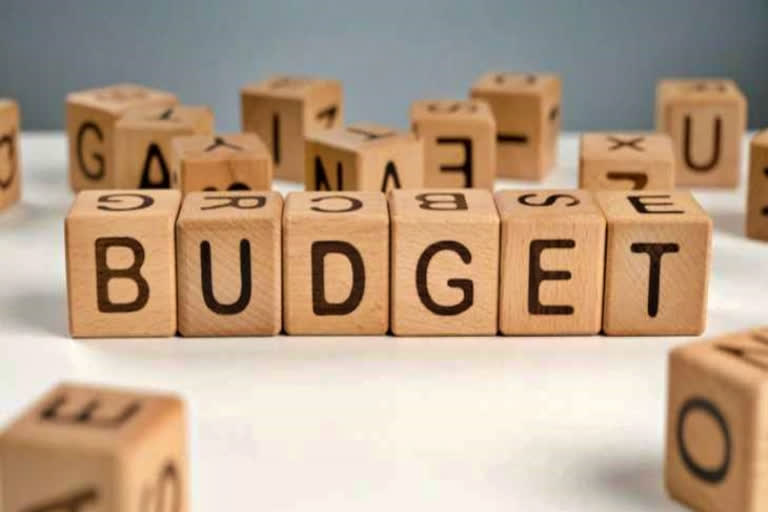The Union Budget presented by the Finance Minister is the biggest financial event in a year and also one of the most significant legislative exercises as members of Parliament spend considerable time and energy discussing the budget proposals put forward by the government.
In other words, the budget is a statement of the government’s revenue and non-revenue receipts and its expenditure in a financial year. Article 112 to 117 of the Constitution of India deals with the procedure related to financial matters. Article 112 requires the government to present an annual financial statement (AFS) giving details of estimated receipts and expenditure of the government for a financial year, which begins in April and ends in March next year.
As per the budget estimates for the current financial year that is ending in March this year (April 2022 to March 2023 period), the finance minister estimated the Government of India’s total expenditure to be about Rs 39.45 lakh crore. This is a huge amount by any yardstick as it is one-fourth of the country’s projected real gross domestic production (GDP) in the current financial year at the constant prices (2011-12), which is estimated at Rs 157 lakh crores.
Also read: Budget 2023: I belong to middle class, understand their pressures, says Nirmala Sitharaman
However, its share as a percentage of nominal GDP, the gross domestic product at current prices, declines to nearly 15 percent of the nominal GDP for the current financial year which has been estimated at around Rs 273 lakh crores. So how does the government arrange and spend such a huge amount of money through the Union budget?
There are two major sources for the government to fund this massive amount of nearly Rs 40 lakh crore that is estimated to be spent in the current financial year. These are called revenue and capital receipts. While revenue receipts include tax revenue and non-tax revenue collected by the government, capital receipts include the loans raised by the government to meet this massive expenditure.
The government’s revenue receipts include central taxes and duties such as income tax, corporate tax, excise duty, customs duty and its share in a common goods and services tax (GST) which is administered jointly by both the Union Government and States. The non-tax revenue receipts include profits and dividends earned by the central public sector undertakings (CPSUs), including the public sector banks, and interest income, among other things.
Similarly, the capital receipts include recovery of loans, and the debt raised by the Central government such as market borrowings, and loans raised from Small Savings and State Provident Funds, among other sources.
Out of nearly Rs 40 lakh crore that is estimated to be spent in the current financial year, the biggest chunk, Rs 22 lakh crore (nearly 56%) comes from tax and non-tax revenues while remaining Rs 17.40 lakh crore comes from borrowings that also includes recovery of loans given by the Union government.
For the current financial year, the tax revenue (net to centre) has been estimated at Rs 19.35 lakh crore while non-tax revenue has been estimated at Rs 2.7 lakh crore.
On the other hand, of the total capital receipts of Rs 17.4 lakh crore, market borrowings alone account for Rs 16.61 lakh crore (over 95%), while recovery of loans has been estimated at only Rs 14,291 crore while other receipts, which is basically proceeds from disinvestment, have been estimated at around Rs 65,000 crores.



